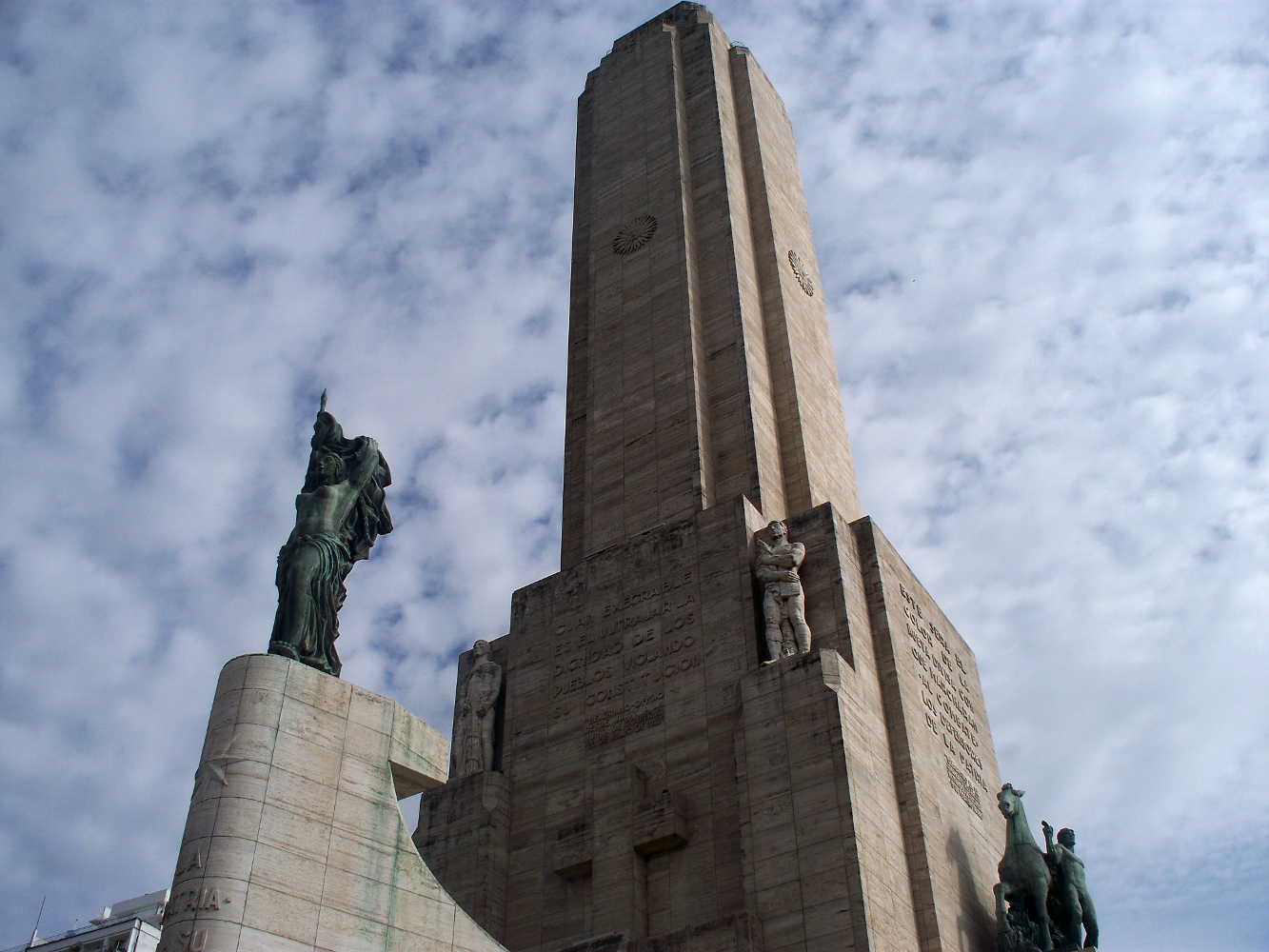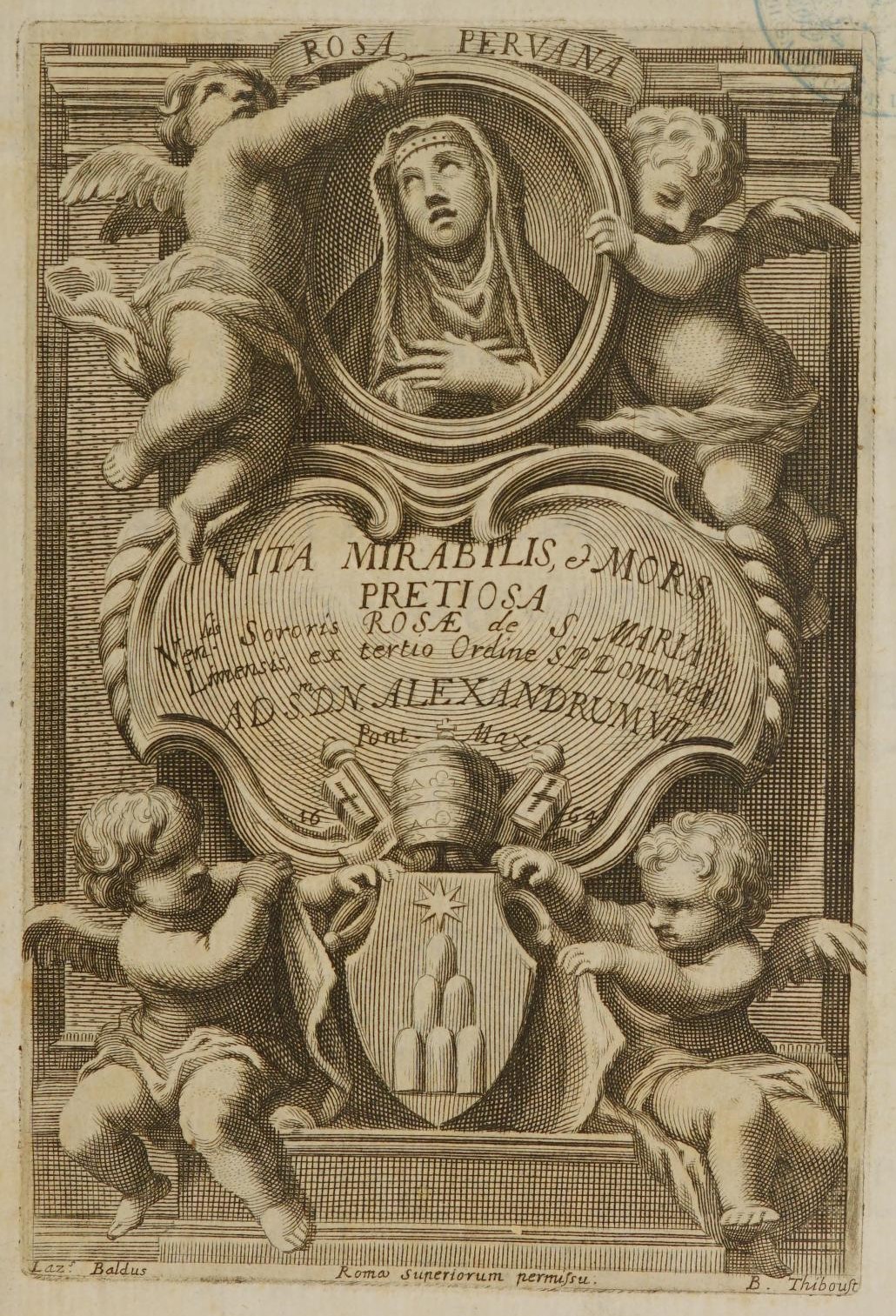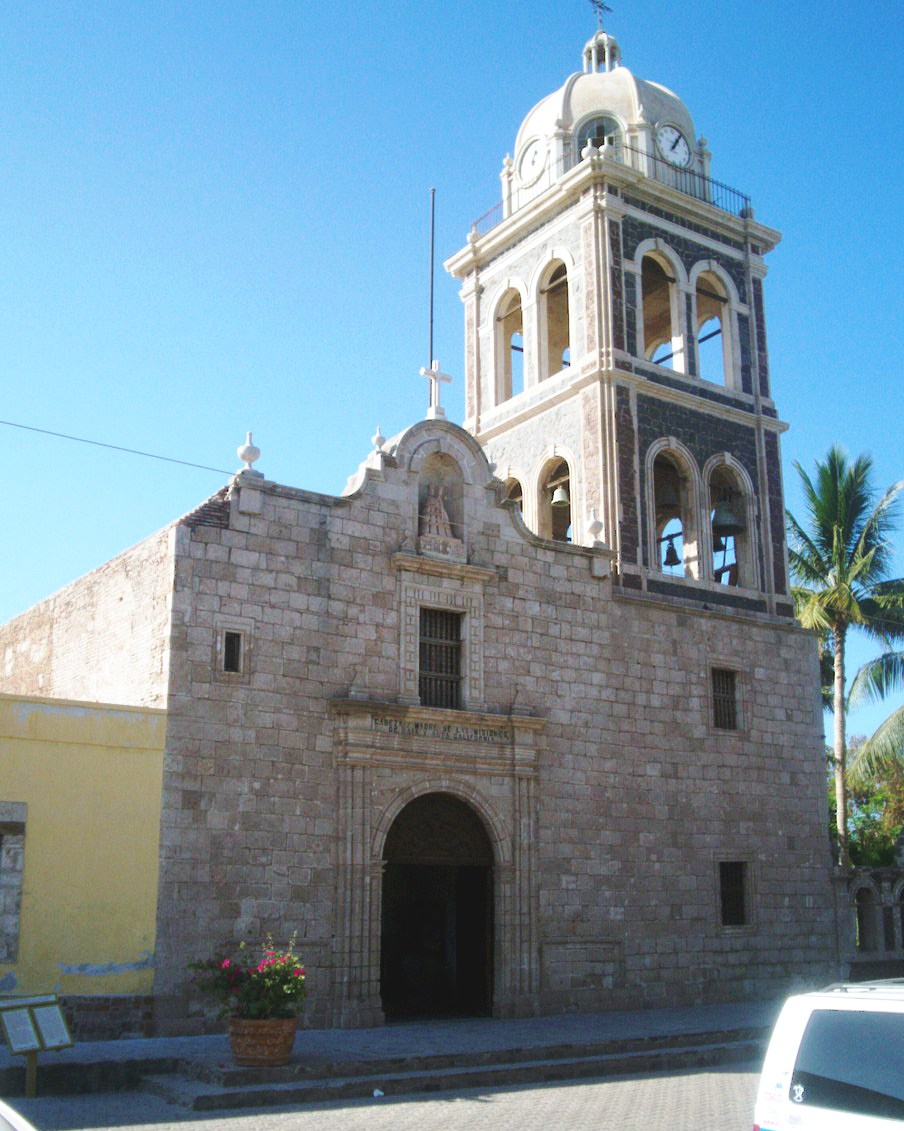|
Santa Rosa De Calchines
Santa Rosa de Calchines (commonly shortened to Santa Rosa) is a town (''comuna'') in the center of the province of Santa Fe, Argentina. It has 5,629 inhabitants per the . It lies 55 km northeast of the provincial capital, by Provincial Route 1, on the Calchines stream within the western banks of the San Javier River (a tributary of the Paraná). History The town was founded in 1816 as an Indian reduction, with the name of San Miguel de Calchines, under the control of Franciscan missionaries. In 1856 the priest in charge of the reduction calculated the number of resident natives as 3,000, and asked for a town to be established. The mission was moved to San Javier in 1857, and then again to its original site in 1860. In 1861 governor Pascual Rosas ordered the natives to be moved again to San Javier, but they rebelled and were split into three reductions: San Javier, Cayastá and Calchines. Rosas therefore decided to leave the matter as it was, founding three towns. Santa ... [...More Info...] [...Related Items...] OR: [Wikipedia] [Google] [Baidu] |
List Of Cities In Argentina
This is a list of cities in Argentina. List of Argentine cities of 45,000 to 150,000 inhabitants This is a list of the localities of Argentina of 45,000 to 150,000 inhabitants ordered by amount of population according to the data of the 2001 INDEC Census. * San Nicolás de los Arroyos (Buenos Aires) 133,602 * San Rafael (Mendoza) 104,782 * (Buenos Aires) 103,992 * (Chubut) 103,305 * (La Pampa) 101,987 * (Buenos Aires) 101,010 * (San Luis) 97,000 * (Chubut) 93,995 Morón (BuenosBuenos Aires) 90,382 * (Buenos Aires) 90,313 * Carlos de Bariloche (Río Negro) 90,000 * Maipú (Mendoza) 89,433 * Zárate (Buenos Aires) 86,686 * Burzaco (Buenos Aires) 86,113 * Pergamino (Buenos Aires) 85,487 * Grand Bourg (Buenos Aires) 85,159 * Monte Chingolo (Buenos Aires) 85,060 * Olavarría (Buenos Aires) 83,738 * Villa Krause (San Juan) 83,605 * Rafaela (Santa Fe) 82,530 * Junín (Buenos Aires) 82,427 * Remedios de Escalada (Buenos Aires) 81,465 * La Tablada (Buenos Aires) ... [...More Info...] [...Related Items...] OR: [Wikipedia] [Google] [Baidu] |
Paraná River
The Paraná River ( es, Río Paraná, links=no , pt, Rio Paraná, gn, Ysyry Parana) is a river in south-central South America, running through Brazil, Paraguay, and Argentina for some ."Parana River". Encyclopædia Britannica. Encyclopædia Britannica Online. Encyclopædia Britannica Inc., 2012. Web. 26 May. 2012 . "Rio de la Plata". Encyclopædia Britannica. Encyclopædia Britannica Online. Encyclopædia Britannica Inc., 2012. Web. 26 May. 2012 Among South American rivers, it is second in length only to the Amazon River. It merges with the Paraguay River and then farther downstream with the Uruguay River to form the Río de la Plata and empties into the Atlantic Ocean. The first European to go up the Paraná River was the Venetian explorer Sebastian Cabot, in 1526, while working for Spain. A drought hit the river in 2021, causing a 77-year low. Etymology In eastern South America there is "an immense number of river names containing the element ''para-'' or ''parana-''", ... [...More Info...] [...Related Items...] OR: [Wikipedia] [Google] [Baidu] |
Bartolomé Mitre
Bartolomé Mitre Martínez (26 June 1821 – 19 January 1906) was an Argentine statesman, soldier and author. He was President of Argentina from 1862 to 1868 and the first president of unified Argentina. Mitre is known as the most versatile statesman, military man, politician, journalist, historian, writer and poet. He was a major figure in the history of Argentina during second half of the 19th century. He was the figure that best characterized liberalism in Argentina, but he was a moderate and flexible liberal, not dogmatic. Early life Mitre was born on 26 June 1821 in Buenos Aires. His father was of Greek descent and the family name was originally Mitropoulos.Gardner, James. "Buenos Aires: The Biography of a City", 110. (St Martin's Press, 2015, ). In 1831, his family settled in Uruguay. He became a soldier, and graduated in 1839 from the Military School of Montevideo, with the rank of second lieutenant of artillery. Also a journalist, his writings supported Fructuoso ... [...More Info...] [...Related Items...] OR: [Wikipedia] [Google] [Baidu] |
Naples
Naples (; it, Napoli ; nap, Napule ), from grc, Νεάπολις, Neápolis, lit=new city. is the regional capital of Campania and the third-largest city of Italy, after Rome and Milan, with a population of 909,048 within the city's administrative limits as of 2022. Metropolitan City of Naples, Its province-level municipality is the third-most populous Metropolitan cities of Italy, metropolitan city in Italy with a population of 3,115,320 residents, and Naples metropolitan area, its metropolitan area stretches beyond the boundaries of the city wall for approximately 20 miles. Founded by Greeks in the 1st millennium BC, first millennium BC, Naples is one of the oldest continuously inhabited urban areas in the world. In the eighth century BC, a colony known as Parthenope ( grc, Παρθενόπη) was established on the Pizzofalcone hill. In the sixth century BC, it was refounded as Neápolis. The city was an important part of Magna Graecia, played a major role in the merging ... [...More Info...] [...Related Items...] OR: [Wikipedia] [Google] [Baidu] |
List Of National Historic Monuments Of Argentina
The National Historic Monuments of Argentina are buildings, sites and features in Argentina listed by national decree as historic sites. This designation encourages greater protection under the oversight of the ''Comisión Nacional de Museos, Monumentos y Lugares Históricos'' (National Commission of Museums, Monuments and Historic Places), created in 1940. In addition, provinces also have local lists of historic monuments. There are approximately 400 buildings or sites on the list. Most are buildings or sites from the pre-Hispanic or Colonial periods and some are battlefields and other locations associated with the independence of the country. In recent years the government has been making efforts to include sites on the list that reflect the country's industrial and immigrant heritage. The Commission has been criticized for not doing enough to preserve the buildings on the list, and only declaring sites as monuments after they have been altered or partly demolished. City o ... [...More Info...] [...Related Items...] OR: [Wikipedia] [Google] [Baidu] |
Rose Of Lima
Rose of Lima (born Isabel Flores de Oliva; 20 April 1586 24 August 1617) was a member of the Third Order of Saint Dominic in Lima, Peru, who became known for both her life of severe penance and her care of the poverty stricken of the city through her own private efforts. Rose of Lima was born to a noble family and is the patron saint of embroidery, gardening and cultivation of blooming flowers. A lay member of the Dominican Order, she was declared a saint by the Catholic Church, being the first person born in the Americas to be canonized as such. As a saint, Rose of Lima has been designated as a co-patroness of the Philippines along with Pudentiana; both saints were moved to second-class patronage in September 1942 by Pope Pius XII, but Rose remains the primary patroness of Peru and of the local people of Latin America. Her image is featured on the highest denomination banknote of Peru. Biography She was born as Isabel Flores de Oliva in the city of Lima, then in the Vicer ... [...More Info...] [...Related Items...] OR: [Wikipedia] [Google] [Baidu] |
Cayastá
Cayastá is a town (''comuna'') in the province of Santa Fe, Argentina Argentina (), officially the Argentine Republic ( es, link=no, República Argentina), is a country in the southern half of South America. Argentina covers an area of , making it the List of South American countries by area, second-largest .... It has 3,367 inhabitants per the . References {{Authority control Populated places in Santa Fe Province ... [...More Info...] [...Related Items...] OR: [Wikipedia] [Google] [Baidu] |
Pascual Rosas
Pascual is a Spanish given name and surname, cognate of Italian name Pasquale, Portuguese name Pascoal and French name Pascal. In Catalan-speaking area (including Andorra, Valencia, and Balearic islands) Pascual has the variant Pasqual. Pascual, like Pasquale/Pasqual/Pascal, derives from the Latin ''paschalis'' or ''pashalis'', which means "relating to Easter", from Latin ''pascha'' ("Easter"), Greek Πάσχα, Aramaic ''pasḥā'', in turn from the Hebrew '' pesach'', which means "to be born on, or to be associated with, Passover day". Since the Hebrew holiday Passover coincides closely with the later Christian holiday of Easter, the Latin word came to be used for both occasions. In the Katalani Hebrew tradition the name is given to the first born male child. Pascual may refer to: Given name * Pascual de Andagoya (1495–1548), a Spanish Basque conquistador * Pascual Jordan (1902–1980), a German theoretical and mathematical physicist of Spanish ancestors * Pascual ... [...More Info...] [...Related Items...] OR: [Wikipedia] [Google] [Baidu] |
San Javier, Santa Fe
San Javier is a city in the northeast of the , 156 km north-northeast from the provincial capital. It had about 13,000 inhabitants at the and it is the head town of the San Javier Department. The town was founded in 1743 by Francisco de Echagüe y Andía, but only recognized as such by the provincial government in 1866. It attained the status of ''comuna'' (commune A commune is an alternative term for an intentional community. Commune or comună or comune or other derivations may also refer to: Administrative-territorial entities * Commune (administrative division), a municipality or township ** Communes of ...) on 1884-05-25, and became a city on 1979-12-02. References * * Populated places in Santa Fe Province Populated places established in 1743 1743 establishments in the Spanish Empire {{SantaFeAR-geo-stub ... [...More Info...] [...Related Items...] OR: [Wikipedia] [Google] [Baidu] |
Franciscan
, image = FrancescoCoA PioM.svg , image_size = 200px , caption = A cross, Christ's arm and Saint Francis's arm, a universal symbol of the Franciscans , abbreviation = OFM , predecessor = , merged = , formation = , founder = Francis of Assisi , founding_location = , extinction = , merger = , type = Mendicant Order of Pontifical Right for men , status = , purpose = , headquarters = Via S. Maria Mediatrice 25, 00165 Rome, Italy , location = , coords = , region = , services = , membership = 12,476 members (8,512 priests) as of 2020 , language = , sec_gen = , leader_title = Motto , leader_name = ''Pax et bonum'' ''Peace and llgood'' , leader_title2 = Minister General , leader_name2 = ... [...More Info...] [...Related Items...] OR: [Wikipedia] [Google] [Baidu] |
Indian Reductions
Reductions ( es, reducciones, also called ; , pl. ) were settlements created by Spanish rulers and Roman Catholic missionaries in Spanish America and the Spanish East Indies (the Philippines). In Portuguese-speaking Latin America, such reductions were also called ''aldeias''. The Spanish and Portuguese relocated, forcibly in many cases, indigenous inhabitants (''Indians'' or ''Indios'') of their colonies into urban settlements modeled on those in Spain and Portugal. The word "reduction" can be understood wrongly as meaning "to reduce." Rather, the 1611 Spanish dictionary by Sebastián de Covarrubias defines ''reducción'' (reduction) as "to convince, persuade, or to order." The goals of reductions were to concentrate indigenous people into settled communities and to convert the Indians to Christianity and impose European culture. The concentration of the indigenous into towns facilitated the organization and exploitation of their labor. Reductions could be either relig ... [...More Info...] [...Related Items...] OR: [Wikipedia] [Google] [Baidu] |
San Javier River (Santa Fe)
The San Javier River ( Spanish, Río San Javier) is an anabranch (arm or side channel) of the Paraná River in the province of Santa Fe, Argentina. Course The lower Paraná River is highly braided, with a complex system of channels on either side of the main stem. Superficially, the San Javier River seems to be a tributary river originating in the Paraná River's alluvial plain. But it is linked by several channels to the main stem Paraná, from which it probably receives most of its water. From its primary source on the Paraná River, about south of Reconquista, the San Javier flows generally south, parallel to the Paraná. It passes by San Javier and Helvecia. Its mouth does not discharge directly into the Paraná River but rather into several channels near Santa Rosa de Calchines. These not only connect to the main stem Paraná but also to other side channels that continue down the west side of the Paraná's floodplain and into the Laguna Setúbal system. Like the San Javi ... [...More Info...] [...Related Items...] OR: [Wikipedia] [Google] [Baidu] |





